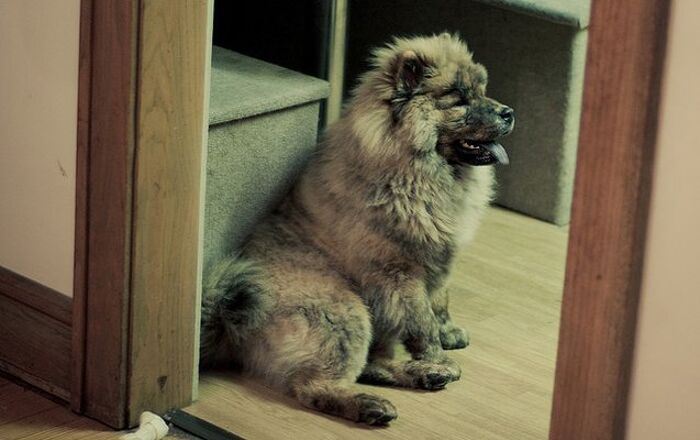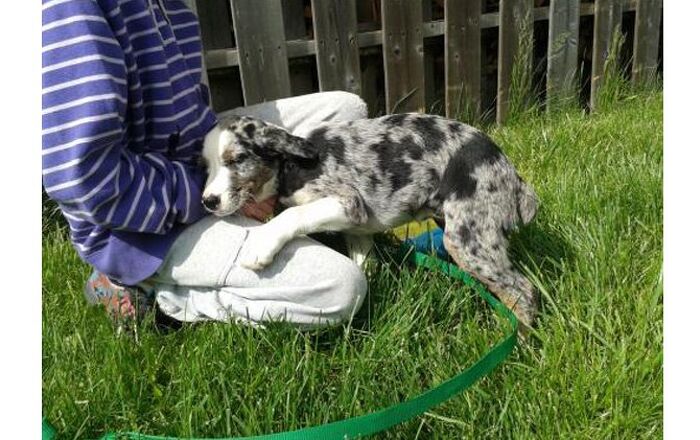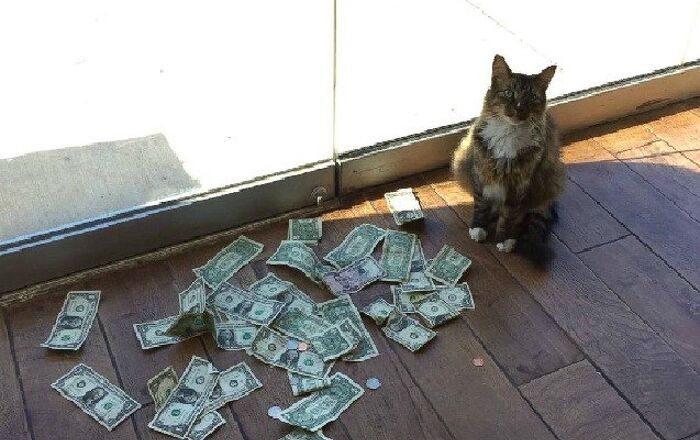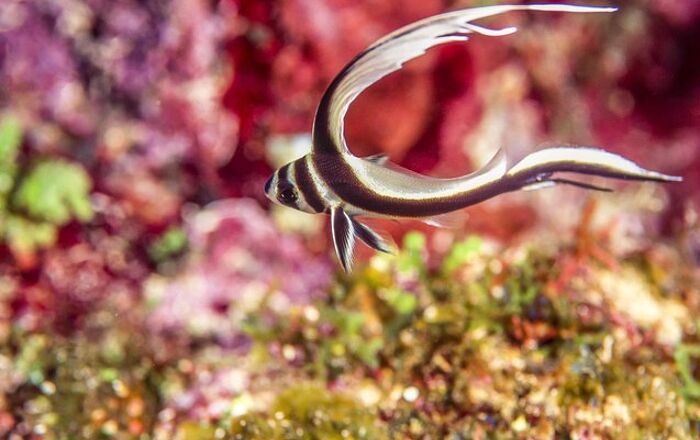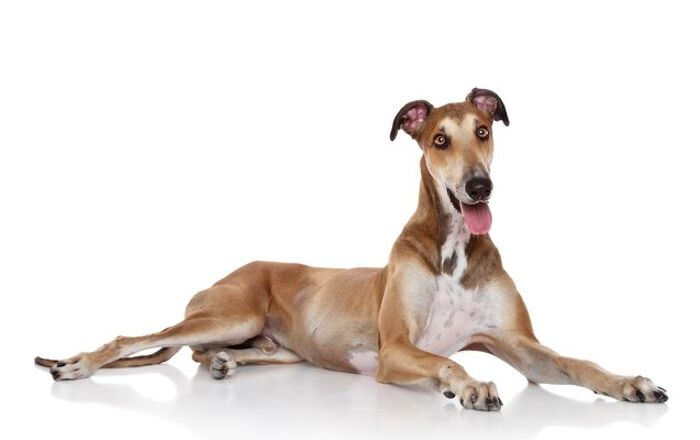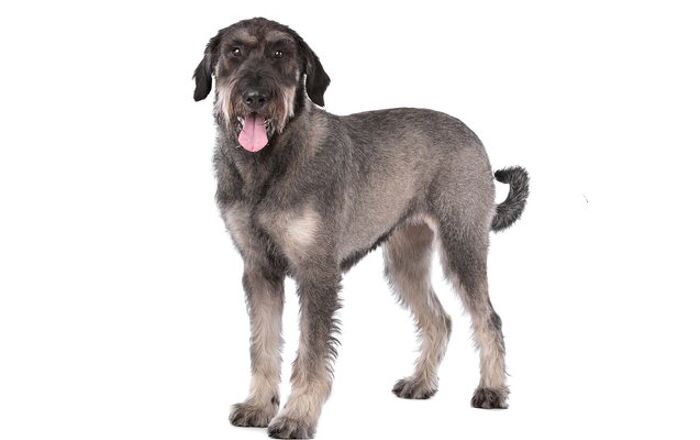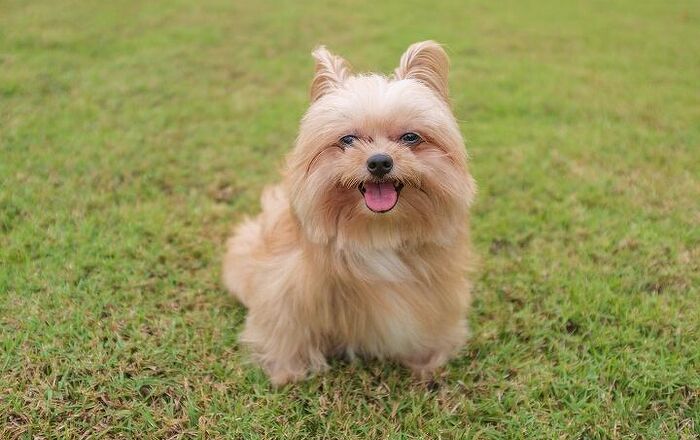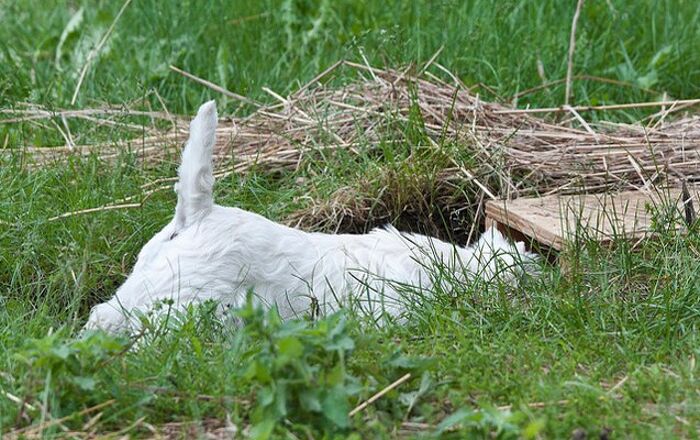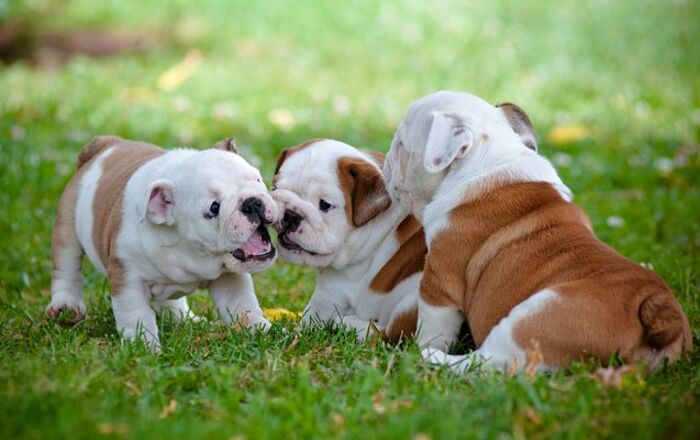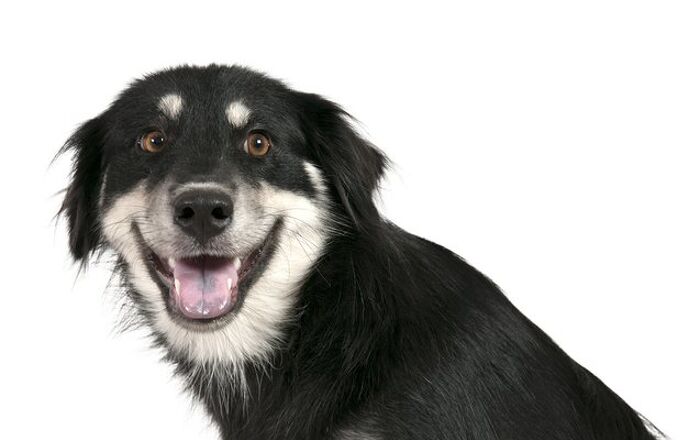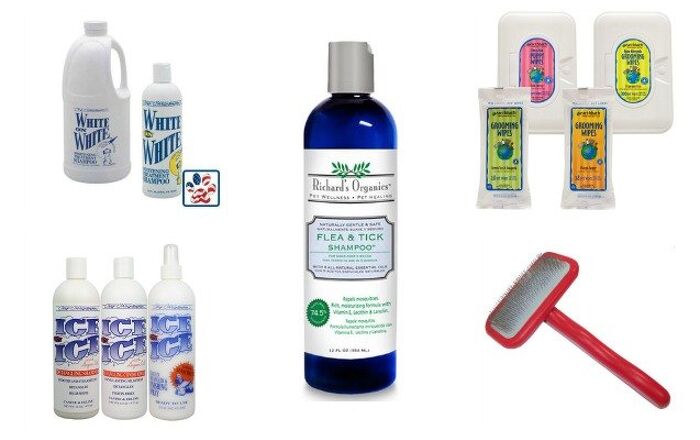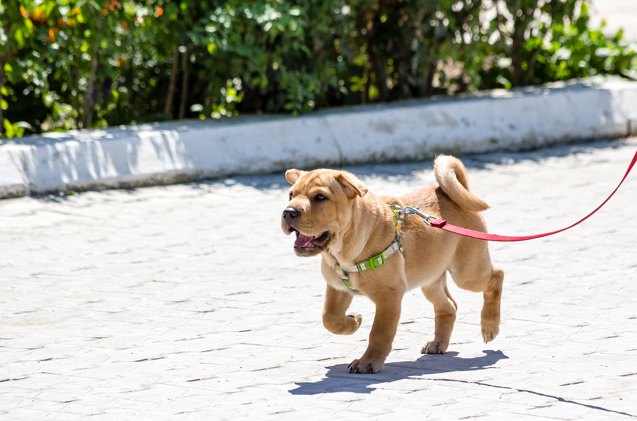
Whoa there puppy! Before we can go for a walk, you need to learn to walk on a leash.
Unless you’re lucky enough to live on hundreds of acres of secure, fenced land, the likelihood is that your dog will have to walk on a leash at some point during her life. As such, teaching your pup to walk nicely on her leash is a vital part of basic training. While it’s an important skill for all dogs to learn, it’s especially pressing if your pup is going to grow to be stronger than you are. Owning a dog who you can’t control can lead to all kind of dangers.
Introducing Mr. Collar
First thing’s first: if you want your dog to walk on a leash, there’s going to have to be something to attach said leash to. Therefore, your pup needs to get used to wearing a collar. Ideally, you should start putting a collar on your puppy as soon as you bring her home. Use a collar made from a soft, lightweight fabric that won’t rub or feel uncomfortable around your pooch’s neck. It can be a good idea to start putting it on before dinner time or a play session, so there’s something to distract her. If the collar bothers her, you can start putting it on for short periods of time and working up. Never remove it while she’s scratching at it or otherwise trying to get it off her neck, as she will soon realize that she’ll get her own way if she fusses over it.
It’s Leash Time!
Don’t expect your pup to walk perfectly when you first put her leash on and don’t try to make her do so. It’s important that her first on-leash experiences are as positive as possible. Attach it to the collar and start walking a few steps. If she naturally walks by your side, great! If she pulls off ahead, don’t yank the leash or try to correct her. Just walk a few paces and give her lots of praise and a treat so she learns that leashes are good fun. You can gradually build up the time spent on the leash and good leash manners a bit later.
What If She Won’t Move?
Some puppies’ initial response to being put on a leash is to sit down and refuse to move. If she does this, don’t drag her along as it will only put her off. The best thing to do is to encourage her to walk using treats. Hold a treat in front of her nose, but so she has to move forward a couple of paces to reach it. Encourage her verbally. Once she moves a couple of paces give her the treat and praise her. Keep on doing this, holding the treat further away each time, until she starts to walk on the leash of her own accord.
What If She Pulls on the Leash?
Pulling on the leash can be dangerous for all involved. If she pulls too hard, she could damage her windpipe. She could also pull out of your grip, potentially putting herself and others in a dangerous situation. One of the main reasons why a dog pulls is because the owner is holding the leash to taut. If you do this, your pup will naturally want to pull against it, to maintain proper balance. Therefore, you need to keep the leash loose. The problem is that this gives your dog the opportunity to pull ahead, so you’ll have to make her want to walk nicely by your side. And, what’s the best way to do this? Why, using food, of course! Hold the end of the leash on the opposite hand on the side your dog’s standing on. So, if she’s on your left hand side, hold the leash in your right hand, and vice versa. Hold a treat in the hand not holding the leash and make sure your pup knows it’s there. Start walking and she should walk close to the treat. Keep praising her verbally, while she’s walking nicely, and give her the treat after 20 seconds or so of walking on a loose leash. Eventually, she’ll get used to this and you’ll no longer need the treat. If the treat trick doesn’t work, stop her each time she pulls on the leash and only start walking again once she’s standing still. This method takes a lot of patience, but she’ll soon learn that if she wants to get anywhere, she’ll have to walk nicely.

Lauren Corona is a freelance writer from merry old England. She specializes in writing about dogs and other critters. Lauren lives near Oxford, with her gorgeous Doberman, Nola. When she’s not tapping away at the keyboard, you’ll find her walking in the woods with Nola-dog, raising money for the Oxfordshire Animal Sanctuary, cooking vegan food, making zines and writing about herself in the third person.
